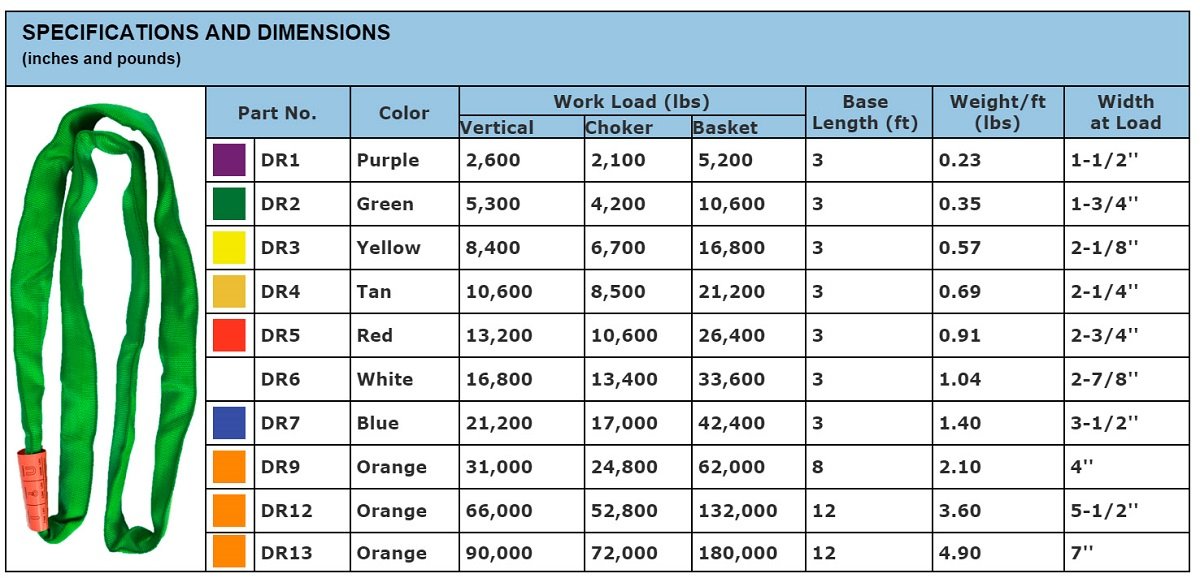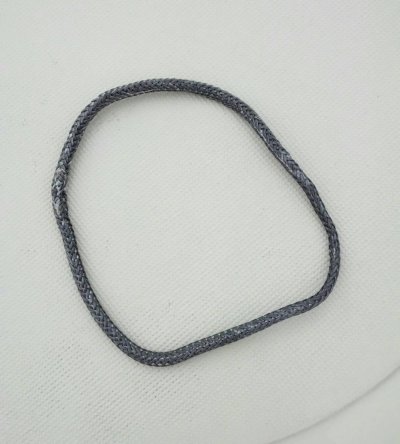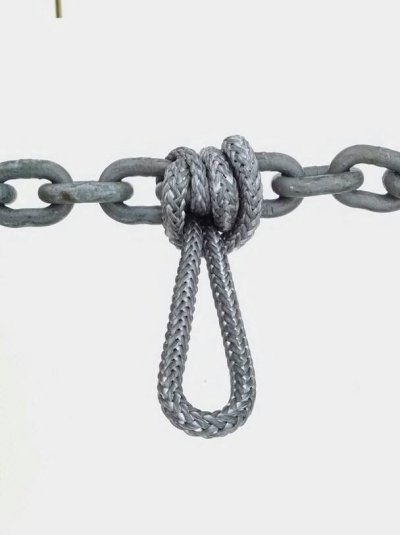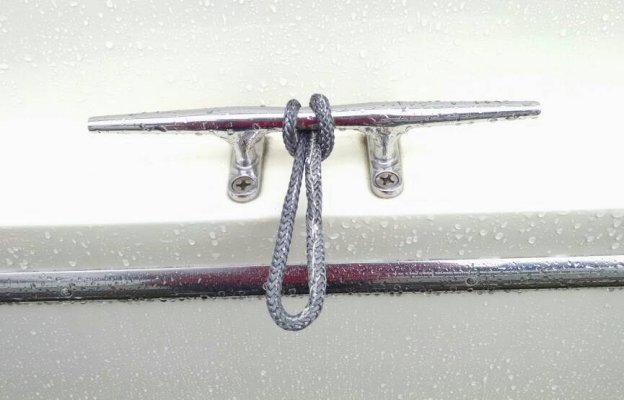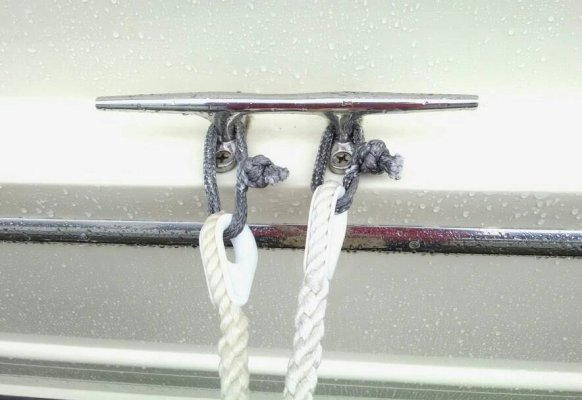sdowney717
Guru
- Joined
- Jan 26, 2016
- Messages
- 2,264
- Location
- United States
- Vessel Name
- Old Glory
- Vessel Make
- 1970 Egg Harbor 37 extended salon model
Endless Polyester Round Lifting Sling - 3' (Green)
I saw a sling mentioned as a way of doubling lines to a single cleat.
So found you can buy them here made of polyester.
Has anyone done such a thing using a rope sling to attach multiple lines to a single cleat?
Or alternatively, make your own sling.
Grog Sling | How to tie the Grog Sling | Splicing Knots
Here was their idea.
Cleat Extenders - Top Shelf Marine Products
Would a cleat extender idea cause more than normal wear to a dock line?
I saw a sling mentioned as a way of doubling lines to a single cleat.
So found you can buy them here made of polyester.
Has anyone done such a thing using a rope sling to attach multiple lines to a single cleat?
Or alternatively, make your own sling.
Grog Sling | How to tie the Grog Sling | Splicing Knots
Here was their idea.
Cleat Extenders - Top Shelf Marine Products
Would a cleat extender idea cause more than normal wear to a dock line?

